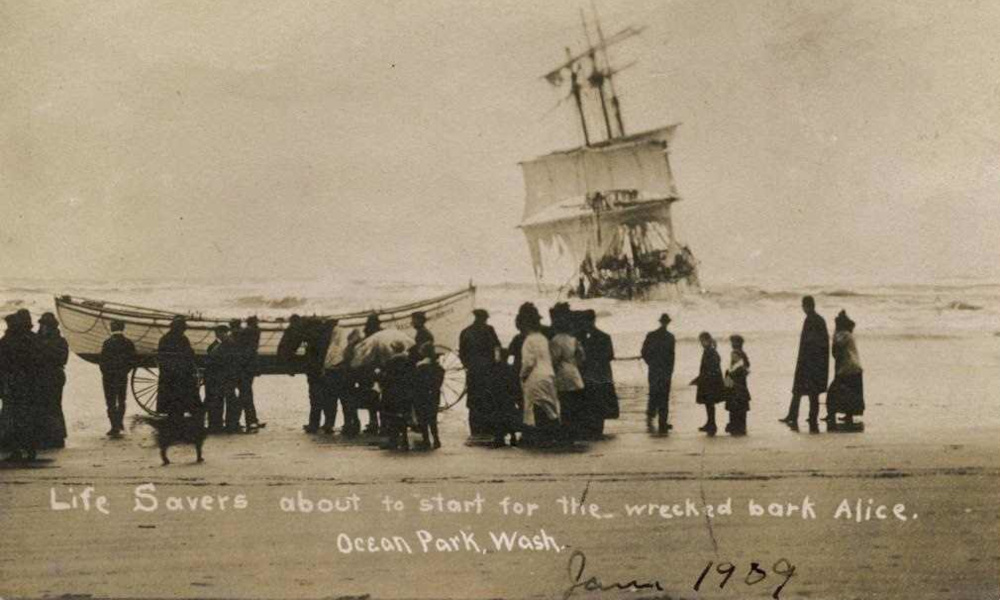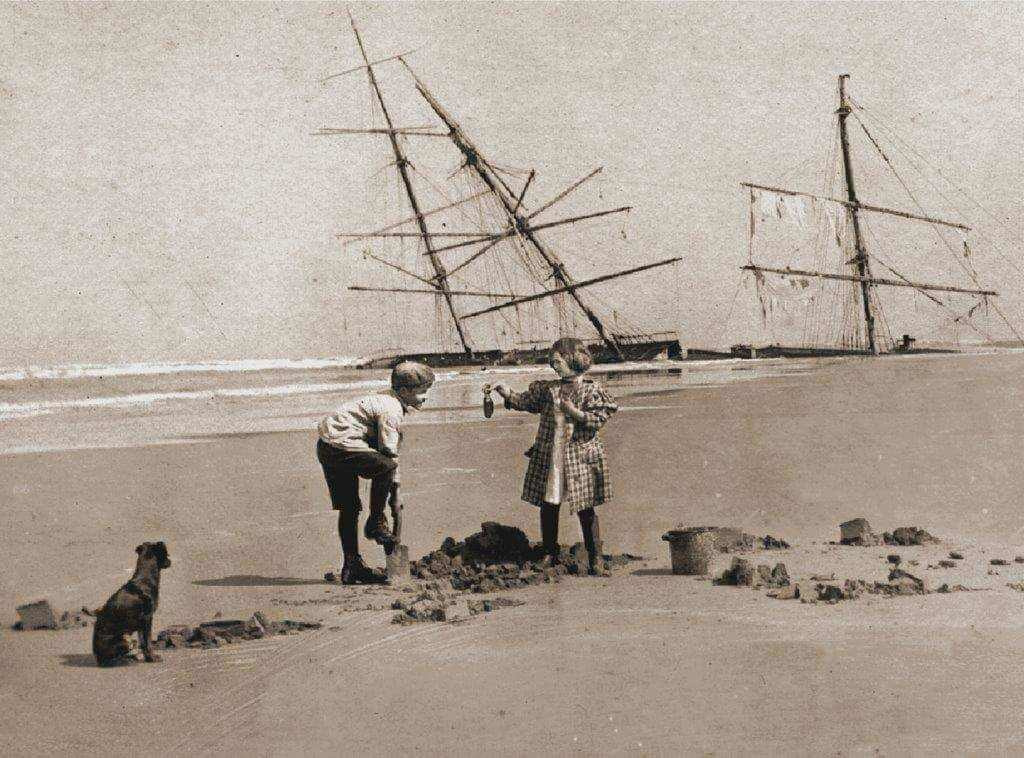Originally christened as “Ilwaco Beach,” the Klipsan Beach Life Saving Station stands as a testament to courage and community spirit. Established in 1889 under the U.S. Life Saving Service, its mission was clear: to provide swift assistance to shipwreck victims along the treacherous coastline.

Situated on a two-acre site, strategically positioned between the ocean beach and the railroad, the station was purchased from Edwin G. Loomis, president of the Ilwaco Railroad and Navigation Company.
This strategic location, accessible by rail, enabled rapid response to maritime disasters both north and south of the station.
In its early days, the station relied on the dedication of community volunteers until 1892 when a permanent crew of eight was hired, led by a keeper often referred to as the captain. These surfmen braved the elements, employing surfboats and Lyle guns to rescue stranded mariners.
The station quickly became a focal point for training and tourist attraction, with visitors flocking to witness rescue drills conducted by the intrepid surfmen. The nearby “Irregular, Rambling, and Never-Get-There Railroad” even made special stops for passengers to observe these daring demonstrations.

In 1912, the station was renamed Klipsan Beach, paying homage to the Lummi word “klipsun”, meaning setting sun. Three years later, with the merger of the U.S. Life Saving Service and the U.S. Revenue Cutter Service, the station evolved into U.S. Coast Guard Station No. 309, marking a new chapter in its storied history.
Throughout World War I, the station played a crucial role in coastal defense, while technological advancements, such as a radio tower installed by the U.S. Navy, further enhanced its capabilities.
By the end of World War II, however, the station’s mission had evolved, and in 1947, it was decommissioned. The property reverted to the Loomis family, eventually finding new owners and purposes. Today, the Station House, affectionately known as the “Barracks”, is a privately owned residence, with other sections of the compound serving various functions.
In recognition of its historical significance, the Station House was listed on the National Register of Historic Places in 1979, preserving its legacy for generations to come.
